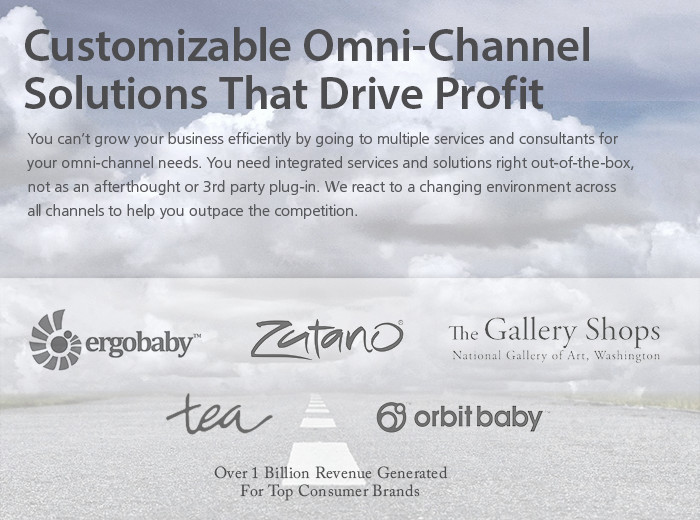Part 1 of 4 – Data Analysis
As soon as the Back-to-school shopping is over, retailers and e-commerce providers will turn their almost undivided attention to Christmas. Some retailers have already started preparing for the season. In the next few posts on this blog, we will offer advice on the best approach to maximize the Christmas sales.
There are four major areas for planning and preparation and today we will focus on the first one: Data Analysis
This stage is all about determining what items to promote this year and how much you will need. This first step is often the most crucial one and our post today will focus on how to approach it.
Best Sellers
So what kind of data will you need? The first and most obvious place to start looking for this year’s best-sellers, is of course last year’s best-sellers. So identify your top-performing products from last year and then look at every one of them to determine if they have a good chance to repeat their success. Some of the old top performers for instance might be linked to a calendar event, like the Winter Olympics.
Your goal is to make a list of products that people will want to buy and this means that you want to consider your top-performing products throughout 2014 as well. As you are going through this analysis a secondary criteria would be – which one of these products were ordered as gifts. You can determine this by a relatively easy look at the shipping addresses – when they were different from the billing ones, or the names on the shipping destinations, when different from the billing. If you are on a platform like Upshot you can use the data from the Gift-wrap extension and this will make it even easier and more accurate.
The next step in your analysis will be trends. You want to try and determine, which products are gaining popularity and which ones are perhaps declining. When a top seller last Christmas is losing momentum by mid-August, you might want to consider betting on something else. This is the kind of analysis of your data that will help you make even more precise determination what will sell best this year.
The Non-Sellers
Looking at the best selling products is only the first step. Next you want to analyze what items didn’t sell. If you had a high bounce rate, at what point in the shopping process did the site visitors abandon their purchase? The data might offer you ideas as to when this occurs, and steps to fix potential issues causing customers to leave your site too soon.
This slide from RJMetrics and SLI Systems shows how your data may offer clues. For instance – searches that yielded no results. Can you determine if this was because you didn’t have the right products, or perhaps because your search function can be set up better? Or was there some demand there that you couldn’t fulfill, because you weren’t expecting it? These are the right questions to find answers to – before you make your top list for this year.
Unmet Demand
Next you want to look at orders that you weren’t able to fulfill. We all know the rush to get shipping and delivery on time for these key holiday dates. Was it late orders or depleted inventory that caused the non-fulfillment? Is there any lesson in the data for this year? The continuous growth in e-commerce will probably test us in 2014 too and to better manage inventory you need to carefully analyze your last-year’s data.
Adjust Forecast Based on Current Traffic and Conversions
As a final step in your analysis you need to take into consideration any changes in your traffic or conversion rates. Has your traffic changed? Are you getting more organic hits, targeted advertising visitors? Has your conversion rate jumped from 1.5% to 2.1%? This alone may mean you potentially need more than 25% more product this season if your conversion rate keeps improving.
Here is how the analysis is done at Keepsakes Etc.
Bottom Line For The Data Analysis Stage:
You want to identify your top-performing products and then create an accurate forecast of how much you will need this year. This is the basis for all the subsequent plans – marketing, web-site optimization, vendor orders and fulfillment.
Make sure you check back for our next post on Marketing for Christmas 2014.






